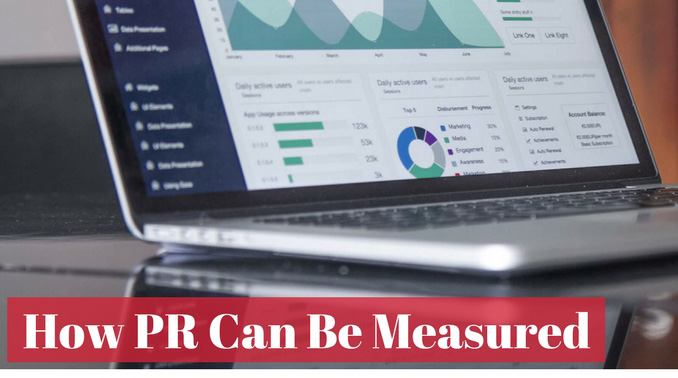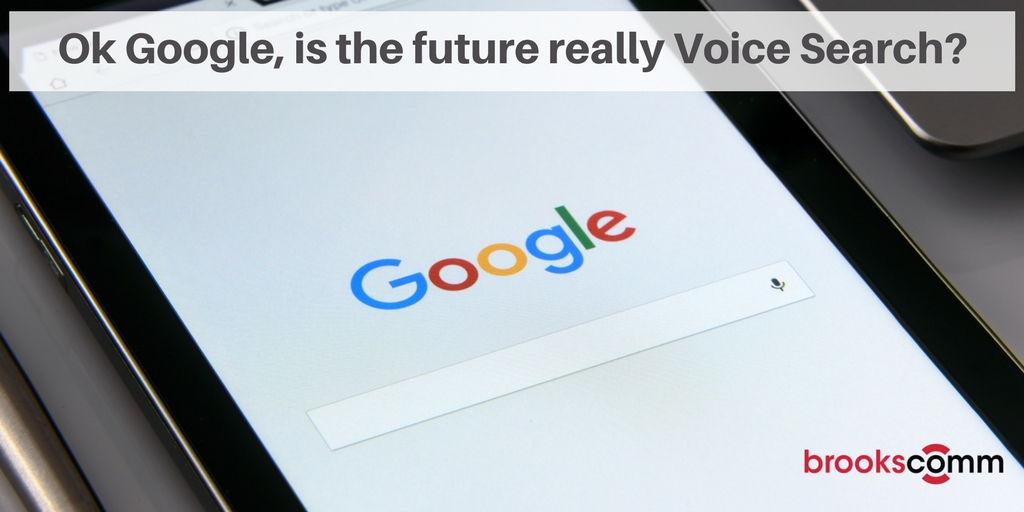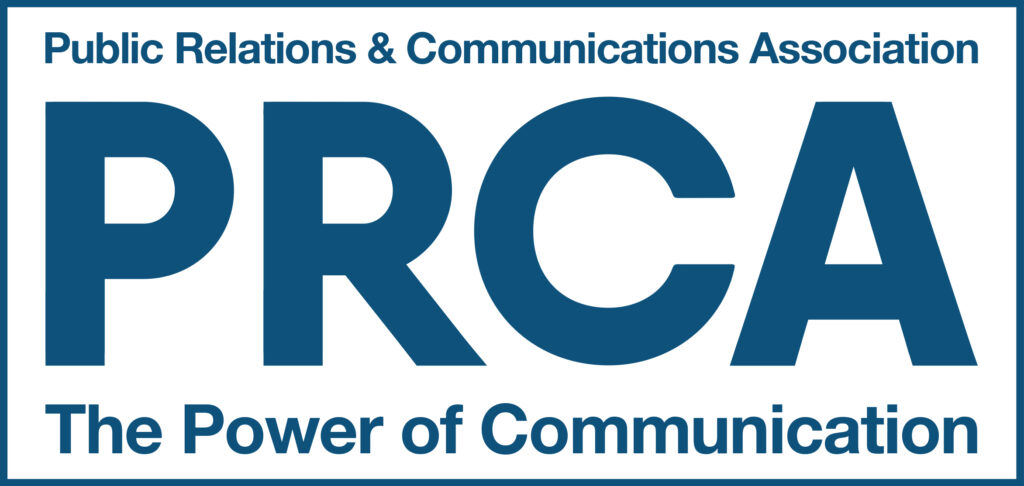
How to improve paid media campaign conversion rates
The likes of Facebook, LinkedIn and Twitter have honed the art of targeting and content delivery to near perfection. For brands it’s never been easier

The likes of Facebook, LinkedIn and Twitter have honed the art of targeting and content delivery to near perfection. For brands it’s never been easier

Unlike Marketing or Advertising, which have clear, measurable ‘tick-box’ outputs and results, PR is considered by many as ‘fluffy’. A common misconception is that it’s

Technology is always evolving and the latest innovation, ‘Voice Search’ is gathering momentum, with the big players being Amazon’s Alexa, Microsoft’s Cortana, Ok Google and

Since its inception, PR has involved managing and enhancing the reputation of an organisation to its target audience via influencers such as key stakeholders, partners,

Ever wondered what life is like at brookscomm? Our latest PR and Digital Marketing intern Calum Ridgewell reveals all… My time at brookscomm As I’m

Showcase your brand’s personality through blogging Like social media, blogging is a great way to demonstrate your business’s unique selling point. Blogging allows you to
Call us now to discuss your PR & Marketing needs
01483 537 890
Alternatively, email us at
hello@brookscomm.com



Michael is our lead for digital marketing and responsible for developing strategic marketing
Michael is our lead for digital marketing and responsible for developing strategic marketing
Michael is our lead for digital marketing and responsible for developing strategic marketing that brings together communications and brand content across paid, earned, shared and owned media for brookscomm and its clients.
As a commercially astute professional with over 25 years of experience in marketing and PR, Michael uses an analytical approach to assess and optimise campaigns to meet KPIs. He is a digital advertising expert, planning and managing successful, cost-efficient campaigns on platforms such as Amazon, Google, Facebook, LinkedIn and Twitter.
A talented and adaptable writer, Michael produces clear marketing briefs and customer centric marketing and PR content across various formats, helping the business to deliver its integrated services.
Michael is committed to continuous development, earning professional and postgraduate digital marketing diplomas. He was also previously a committee member of the Surrey CIM (Chartered Institute of Marketing).